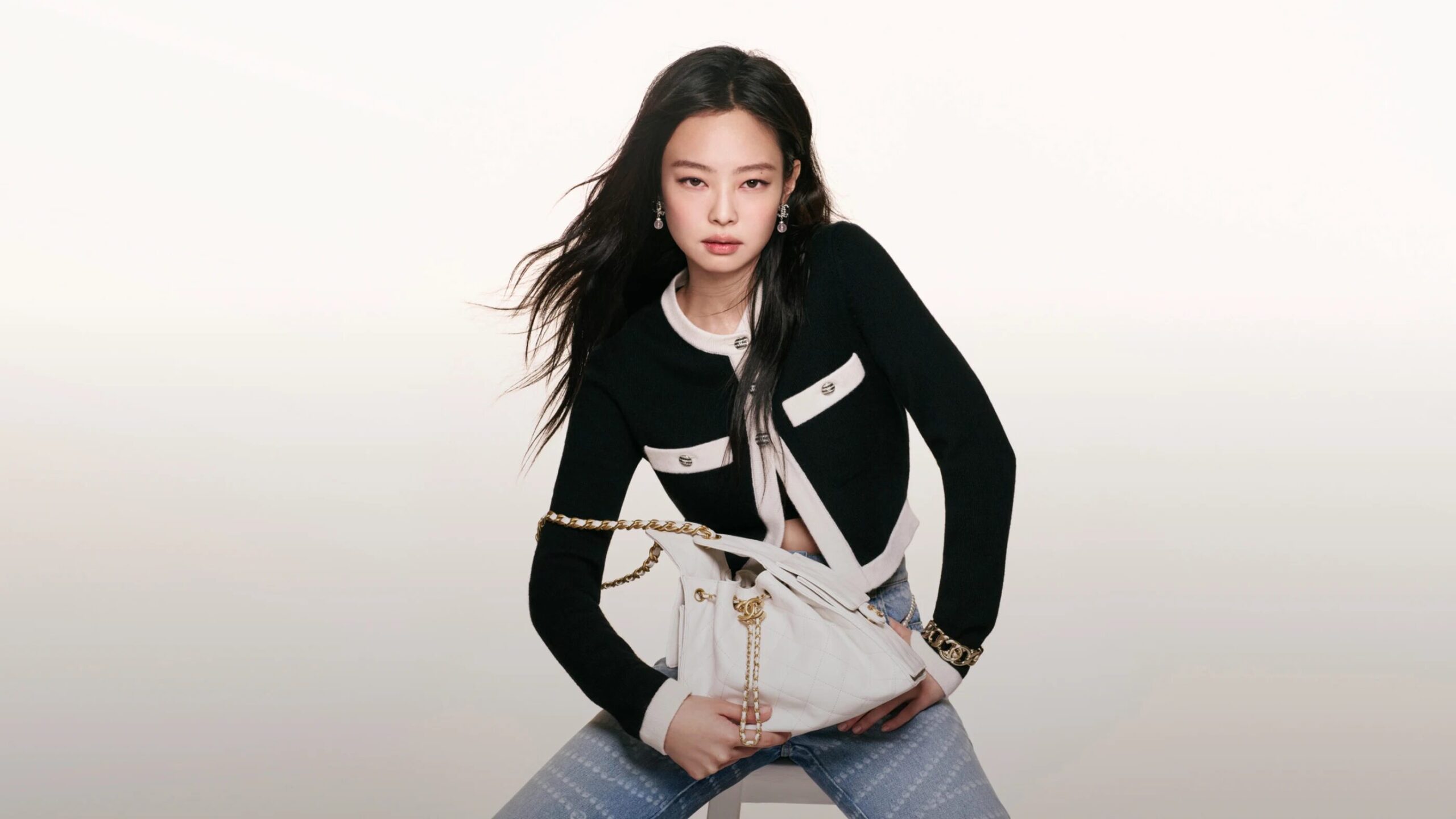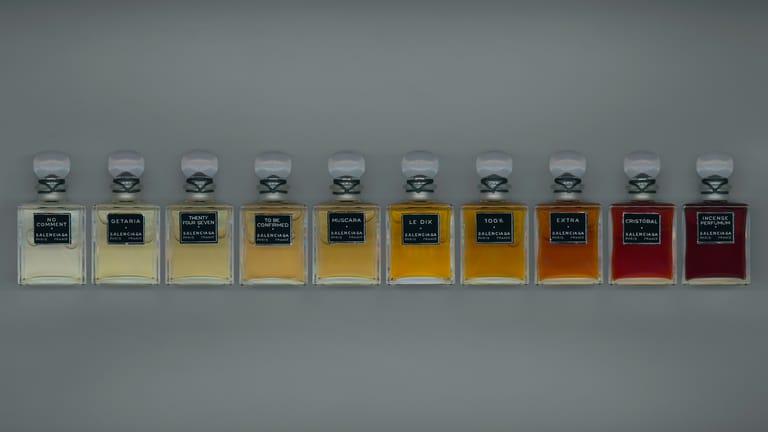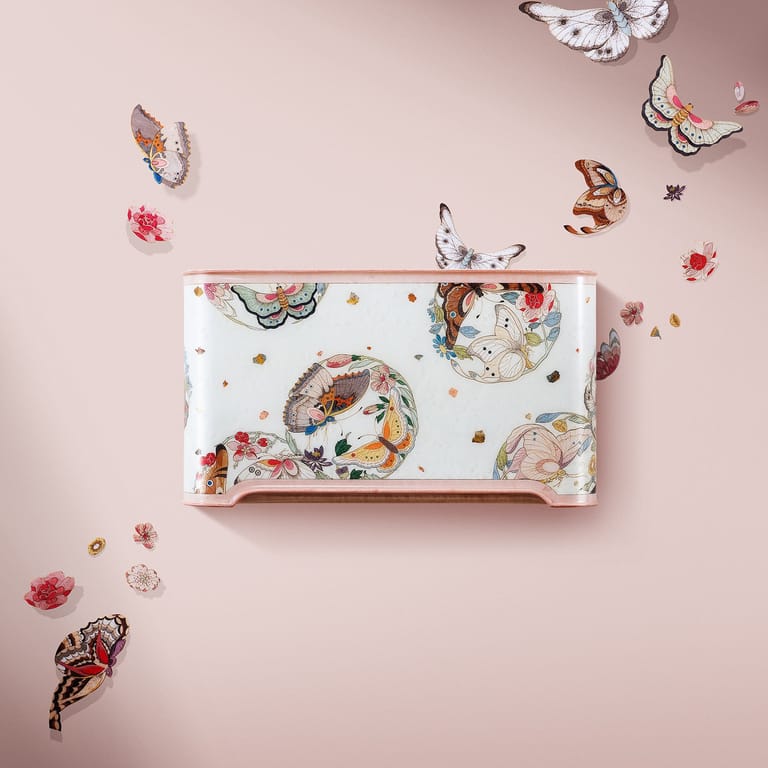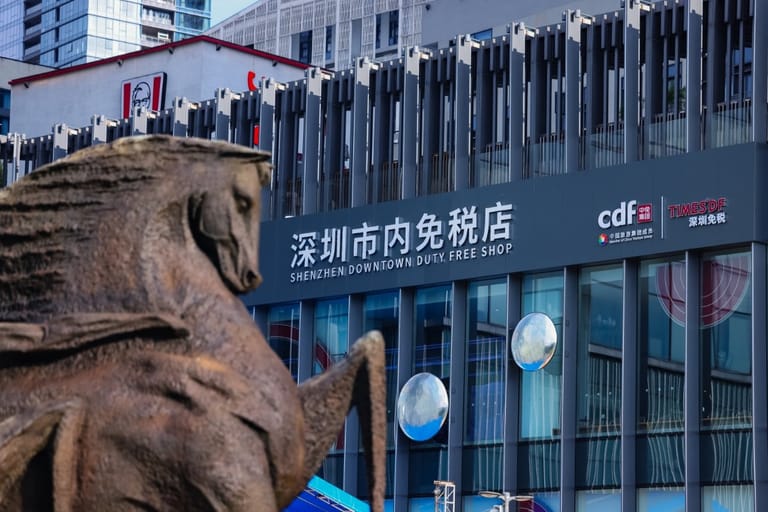Chanel’s 2024 Sales Dip Amid China Market Slowdown
By
Wenzhuo Wu

Published on
May 22, 2025

Jingzhi Curates is your daily compass for navigating the dynamic intersections of business, culture, and society. Each installment distills the day’s most pressing issues into thoughtful, actionable insights—perfect for leaders, innovators, and the intellectually curious. Whether a game-changing shift in global markets, a breakthrough in AI, or a cultural trend redefining consumer behavior, Jingzhi Curates delivers clarity in complexity.
Chanel reported a 4.3 percent decline in annual revenue for 2024, with global sales falling to $18.7 billion—the French luxury house’s first year-on-year drop since 2020. Operating profit declined more sharply, down 30 percent to $4.5 billion. Company executives pointed to softening demand in China as a key factor behind the results, underscoring the country’s continued influence on global luxury performance.
“We continue to navigate in very uncertain times,” said Chanel’s Chief Financial Officer Philippe Blondiaux in an interview with Reuters. While he observed “positive signs of stabilisation” in mainland China and Hong Kong, he cautioned that it remains “too early to say” whether the region is firmly on the path to recovery. Ongoing trade policy uncertainties, including tariff discussions, continue to weigh on the outlook.
Despite these headwinds, Chanel is moving forward with significant investment plans. The brand will open 48 new boutiques in 2025, with nearly half located in China and the United States. Other openings are slated for Mexico, India, and Canada. The decision to expand in China, even amid ongoing volatility, signals the brand’s long-term commitment to the market.
China’s evolving luxury landscape has proven more complex in recent years. While Chanel saw growth in ready-to-wear, beauty, and jewellery, its core leather goods category—a traditional profit engine—showed signs of pressure. This mirrors broader shifts in consumer behavior. According to McKinsey & Company’s 2025 China Consumer Report, “a key shift in the new reality is the weakening linkage between spending intent and overall sentiment.” Instead of making discretionary purchases based on optimism or brand affinity alone, Chinese consumers are increasingly guided by tangible financial factors such as income stability and personal asset values.
This shift may help explain the more measured pace of spending on high-ticket items like Chanel handbags, despite the brand’s continued cultural resonance. Chanel’s pricing policy in 2024 reflected this new consumer dynamic, with an average price increase of just 3 percent in the fashion category—below or in line with global inflation levels, according to Blondiaux. Rather than pursue aggressive markups, the brand is focusing on enhancing the value proposition of its leather goods through new designs, product innovation, and brand storytelling.
Marketing remains a core pillar of Chanel’s strategy, with $2.4 billion invested in global brand-building efforts in 2024. Among the year’s highlights was the Métiers d’Art runway show staged at Hangzhou’s West Lake in December, a move designed to strengthen the brand’s cultural foothold in China, even as consumers become more discerning.

“This performance followed a period of unprecedented growth in which revenues nearly doubled over the previous three years,” said CEO Leena Nair. “It’s a challenging time in the world… and it continues to be challenging.”
As Chanel prepares to usher in a new creative chapter under recently appointed artistic director Matthieu Blazy, the brand faces a balancing act: maintaining desirability in a shifting market while responding to more pragmatic consumer decision-making. For China, that means moving beyond spectacle to offer clearer, more tangible value, without losing the emotional appeal that has long defined the brand.












